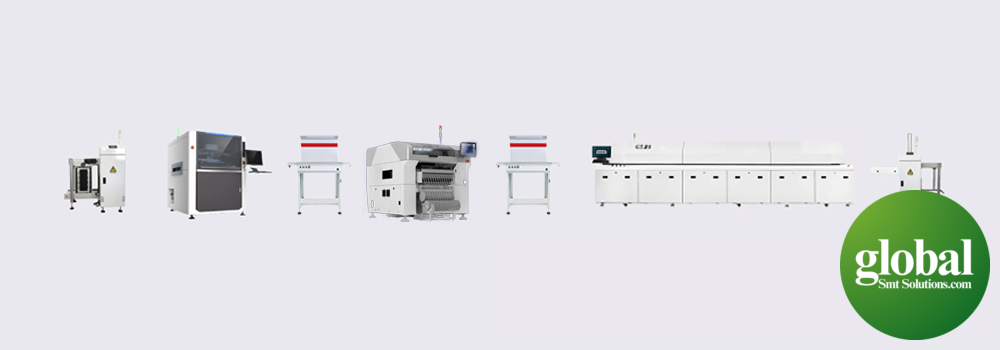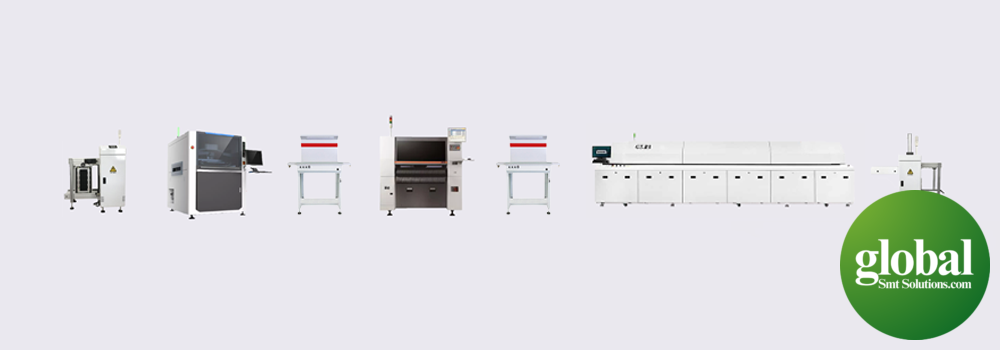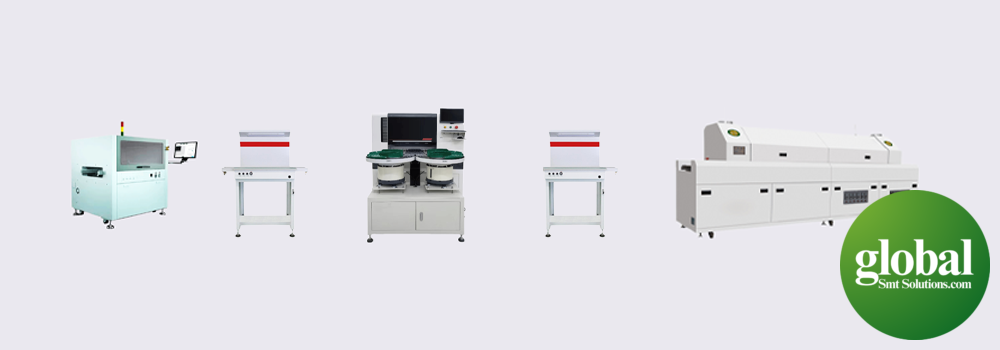Table of Contents
Outline
Article
Introduction
A manual pick and place machine might sound like a high-tech piece of equipment, but it’s actually a straightforward yet essential tool in various industries. Essentially, it’s a device that helps place small components accurately and efficiently onto boards or other surfaces. Imagine trying to assemble a tiny puzzle without the right tools – it would be tedious and error-prone. That’s where a manual pick and place machine comes into play, offering precision and ease in tasks that require a delicate touch.
History of Manual Pick and Place Machines
The origins of pick and place machines date back to the early days of electronics manufacturing. Initially, components were placed by hand, a labor-intensive and error-prone process. As technology advanced, the need for more efficient assembly methods became apparent. Thus, the manual pick and place machine was born, evolving over the decades to meet the increasing demands of precision and efficiency in manufacturing.
Components of a Manual Pick and Place Machine
Base Structure
The base structure of a manual pick and place machine provides stability and support. It’s typically made from sturdy materials like aluminum or steel to ensure durability and minimal vibration during operation.
Pick and Place Head
The pick and place head is the heart of the machine. It usually consists of a vacuum nozzle that can pick up components using suction. This head is maneuverable, allowing for precise placement of components.
Control System
Even manual machines have some form of control system, though it’s far simpler than those in automated versions. This system might include basic controls for adjusting the position and speed of the pick and place head.
Vision System
Some advanced manual machines come equipped with a vision system, including cameras and sensors, to assist in aligning components accurately. This feature is particularly useful for intricate or high-precision tasks.
How Does a Manual Pick and Place Machine Work?
Basic Operation
Operating a manual pick and place machine is relatively straightforward. The operator uses controls to maneuver the pick and place head, picking up components with the vacuum nozzle and placing them onto the target area.
Step-by-Step Process
- Preparation: Set up the components and the board.
- Picking: Use the vacuum nozzle to pick up a component.
- Positioning: Move the head to the desired location.
- Placing: Release the component onto the board.
- Repeat: Continue the process for each component.
Types of Machines
Benchtop Models
Benchtop models are compact and designed for small-scale or prototyping work. They are ideal for environments where space is limited but precision is crucial.
Floor Models
Floor models are larger and can handle higher volumes of work. These machines are suitable for small to medium-sized manufacturing operations.
Advantages
Cost-Effectiveness
Manual pick and place machines are generally more affordable than their automated counterparts, making them a cost-effective solution for small businesses or startups.
Flexibility and Versatility
These machines are highly adaptable, allowing operators to handle a variety of components and board types without extensive reconfiguration.
Ease of Use
With a relatively simple operation mechanism, manual pick and place machines can be quickly mastered, reducing the learning curve for new operators.
Applications of Manual Pick and Place Machines
Electronics Industry
In the electronics industry, these machines are used for assembling printed circuit boards (PCBs) and other electronic components, ensuring precision and reliability.
Medical Device Manufacturing
The medical device industry also benefits from manual pick and place machines, particularly in assembling small, intricate devices that require a high degree of accuracy.
Small-Scale Manufacturing
For small-scale manufacturers, these machines offer a balance of cost and functionality, allowing for efficient production without a massive investment in automated systems.
Manual vs. Automated Machines
Key Differences
While manual machines rely on operator control, automated machines use sophisticated programming and robotics to place components. This difference significantly impacts speed, precision, and cost.
Pros and Cons of Each
Manual machines are less expensive and more flexible but require more hands-on operation. Automated machines, on the other hand, offer speed and precision at a higher cost and with less flexibility for quick changes.
Selecting the Right Machine
Factors to Consider
When selecting a manual pick and place machine, consider factors such as the types of components you’ll be working with, the volume of production, and your budget.
Top Brands and Models
Research and compare top brands and models to find the best fit for your needs. Brands like Manncorp, Fritsch, and Mechatronika are well-regarded in the industry.
Maintenance and Care for Machines
Routine Maintenance Tips
Regular maintenance is crucial for the longevity and performance of your machine. Clean the vacuum nozzle, check for wear and tear, and ensure all moving parts are lubricated.
Common Issues and Troubleshooting
Common issues include loss of suction in the vacuum nozzle, misalignment, and software glitches in models with digital controls. Troubleshooting these issues promptly can prevent downtime.
Future Trends in Pick and Place Technology
Emerging Technologies
The future of pick and place technology includes advancements like AI integration, more sophisticated vision systems, and greater automation even in manual machines.
Predictions for the Industry
Expect to see continued improvements in precision, speed, and ease of use, making these machines even more indispensable in manufacturing.
Case Studies
Success Stories
Companies across various industries have successfully implemented manual pick and place machines to enhance their production processes. For example, a small electronics startup significantly increased their production efficiency and product quality by investing in a high-quality manual machine.
Real-World Examples
Real-world examples demonstrate the versatility and effectiveness of these machines. From custom PCB assembly to delicate medical device construction, manual pick and place machines prove their value daily.
DIY Manual
Building Your Own
For the adventurous and technically inclined, building your own manual pick and place machine can be a rewarding project. There are numerous online resources and kits available to guide you through the process.
Resources and Guides
Websites like Instructables and Maker Forums offer detailed guides and community support for DIY enthusiasts looking to build their own machines.
FAQs
What are the primary uses ?
Manual pick-and-place machines are primarily used for assembling small electronic components onto PCBs, as well as for precise assembly in medical device manufacturing and small-scale production.
How do I maintain my machine?
Regular cleaning, lubrication of moving parts, and periodic checks for wear and tear are essential for maintaining your machine. Refer to the manufacturer’s manual for specific maintenance guidelines.
What factors should I consider when buying a manual pick and place machine?
Consider the types of components you’ll be working with, the volume of production, your budget, and the specific features you need, such as vision systems or digital controls.
Can I build my own manual pick and place machine?
Yes, building your own manual pick and place machine is possible and can be a rewarding project. Many online resources and DIY kits are available to help you through the process.
What are the benefits of using a manual pick and place machine over an automated one?
Manual machines are more affordable, flexible, and easier to use for small-scale production or prototyping. They also allow for more hands-on control and quick adjustments compared to automated machines.
Conclusion
A manual pick and place machine is a versatile, cost-effective, and essential tool in various industries. Its ability to provide precision and efficiency in assembling small components makes it invaluable, particularly in the electronics, medical device, and small-scale manufacturing sectors. While automated pick and place machines offer speed and automation, manual machines provide flexibility, ease of use, and affordability, making them an excellent choice for businesses with smaller budgets or specific assembly needs.
The components and operation of a manual pick and place machine are straightforward, and with regular maintenance, these machines can serve reliably for years. When selecting a machine, it’s crucial to consider your specific needs, including the type of components you’ll be working with and your production volume. Brands like Manncorp, Fritsch, and Mechatronika offer a range of models to suit different requirements.
Looking ahead, the industry will continue to evolve with emerging technologies such as AI and advanced vision systems, further enhancing the capabilities of both manual and automated pick and place machines. For those with a DIY spirit, building a manual pick and place machine can be a rewarding project, with plenty of resources available online to guide you.
Ultimately, whether you are a small business, a startup, or an individual hobbyist, a manual pick and place machine can significantly enhance your productivity and product quality. Embracing this technology can open new avenues for innovation and efficiency in your manufacturing processes.




